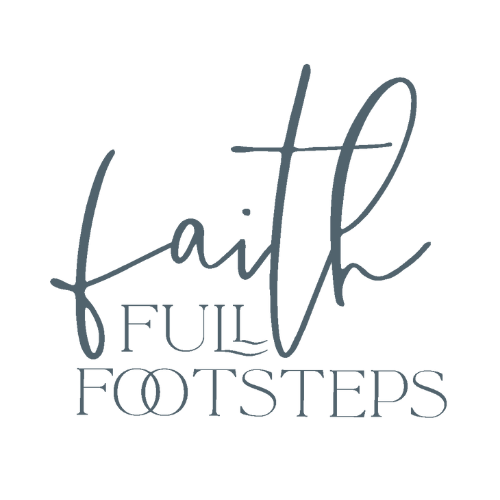Updated. This Bible study post was originally published on May 15, 2020.
So far, we have talked about the intro: tools you need for Bible study and step 1: prayerfully reading the passage. If you missed those posts, no worries; just click the links to read them.
Now that you have read the passage multiple times and in different translations, it’s time to start asking some questions. A helpful tool for this step is the worksheet in my free Bible study workbook. If you haven’t already downloaded it, click on the link and get your copy ready.
One of the questions I am asked most often is which passages of Scripture to study. I discuss this in-depth in the worksheet companion video series. For now, we will continue studying Proverbs 3:5-8.
Author and Audience
Do a little research, and I mean a little, to find out who wrote the passage you are studying and to whom he wrote it. We are the audience now, but when the author penned the words, he meant it for a specific audience, and this information might be vital for correct interpretation of the passage.
We should always read the Bible the way the author intended it to be understood and not through our own filter or cultural lens. Knowing who wrote it, why he wrote it, and to whom he wrote it will help us get the interpretation right.
If you have a study Bible, you can usually find this information in the notes at the beginning of the book. If you don’t have a study Bible, you should be able to find out easily online, using sources like Biblegateway.com or the Blue Letter Bible app. Sometimes, the first few lines of the book will tell you, too.
Type of Literature
Another thing to keep in mind is the type of literature this passage represents. Is it history, prophecy, poetry, etc.?
 For example, Proverbs is “wisdom literature.” This means it communicates principles that are generally true but not necessarily universally true. So the content of Proverbs should not be mistaken for promises. It is made up of general “if, then” statements, not specific promises from God to His people.
For example, Proverbs is “wisdom literature.” This means it communicates principles that are generally true but not necessarily universally true. So the content of Proverbs should not be mistaken for promises. It is made up of general “if, then” statements, not specific promises from God to His people.
Don’t go down a rabbit hole with this one, just make a note of it. This information should be readily available in the same resources listed above.
Why Should You Paraphrase?
Now it is time to write the passage in your own words. This doesn’t have to be fancy or “churchy.” Just write down what the passage says in your normal, everyday words.
This step helps you think through and clarify the passage. Some passages have become so familiar to us or the language is so different from ours that we glaze over them without truly understanding them. Writing them in our own words forces us to process what the passage actually says.
Don’t be afraid to get this wrong. This is a beginning step, so it is ok to change your mind as you learn more about the verses throughout your study. If you struggle with this, I encourage you to watch the worksheet companion video series. I talk through some of the mental blocks this step creates.
Questions to Ask
The hardest part is done! (Sort of.) Now we just need to ask and answer some questions about the verses to deepen our understanding:
- What do these verses teach me about God and His character?
Remember that the Bible is a book about God, so we read it to get to know Him, not ourselves. You will learn about yourself through your study, but it will be in light of Who God is. It takes the focus off of how the passage makes you feel and the filter you put on the verses.
This may seem a little out there, but I promise it will click if you stick with it. If you find that you can’t get past this question, watch the worksheet companion video series for some direction.
- What should I learn from these verses?
Look for specific call-outs in the passage: a promise, a sin, a command, a principle, etc.
- How should it change me?
This puts action behind your study. If we become simply consumers of the Word, but we don’t put it into action, the book of James says we are deceiving ourselves (1:22), and we won’t be blessed (1:25). This question is where the Holy Spirit convicts.
“So whoever knows the right thing to do and fails to do it, for him it is sin” (James 4:17).
And that is it for step 2! It may have been a lot for you to process, and that is ok. Stay on this step as long as you need to. You may decide this is as far as you want to go. This is a great way to work through an entire book of the Bible, and it is a good exercise to do along with your daily Bible reading.
Tasks
Using Proverbs 3:5-8 as the passage, work through these steps. You can use the free Bible study workbook or simply use a blank piece of paper or journal.
If you would rather download this entire Bible study process in the free workbook, you can enter your information below, and it will be delivered directly to your email.
[activecampaign form=13]






0 Comments